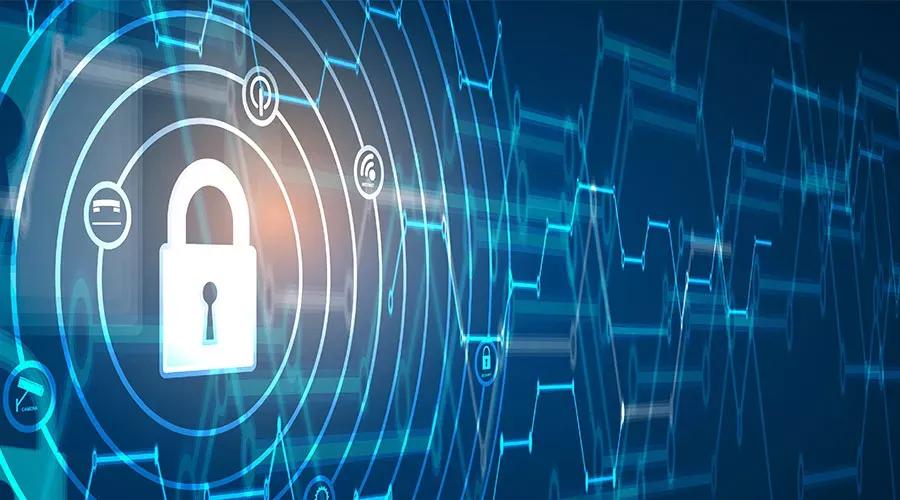The role of Modbus in energy management with electric cars
The vendor agnostic OCPP (Open Charge Point Protocol) has become established for the control of charging stations for electric cars. OCPP is a relatively new language and is managed by the Open Charge Alliance OCA, which many leading international companies in the e-mobility market have joined.
Although direct integration of the charging station via Modbus into an energy management system is supported by charging station manufacturers and propagated to suppliers in the market, it is recommended to rely on OCPP, especially when using several stations at one location, as only then the complete functional range of the charging station can be used in a future-proof way.
Proprietary Modbus protocol vs. OCPP
| Modbus | OCCP | |
| Control of the charging power | Yes | Yes |
| Authorization via RFID | No, only via further connection to a CPO backend system | Yes |
| Control of the charging points (restart, stop charging processes, etc.) | No, only via further connection to a CPO backend system | Yes |
| Consideration of mobility needs (user prioritisation, charging plans, etc.) | No, only via further connection to a CPO backend system | Yes |
| Billing | No, only via further connection to a MSP backend system | Yes |
| Encrypted connection | No | Yes |
| Standardized | No | Yes |
Charging infrastructure and Modbus - overcoming language barriers
However, if charging infrastructure is to communicate with the Modbus protocol, which is established as a global industry standard and is used in building energy management systems in countless industrial plants, hotels and large properties, for example, a translator who has perfect command of both languages is required.
The above-mentioned translator (also called a gateway) enables a cost-efficient and seamless integration of e-cars into existing building energy management systems. Using Modbus-TCP, a capable system such as The Mobility House's ChargePilot® Charging and Energy Management system receives information about how much electricity is available for all charging points, translates this into OCPP, and in this way dynamically adjusts the energy consumption of the connected electric cars accordingly. The building energy management system reacts flexibly to all other consumers that need to be considered in addition to the charging infrastructure, such as air conditioning and ventilation systems, canteen consumers, heavy machinery in factories or heat pumps, and adjusts the default value for the charging infrastructure if necessary. The fluctuating generation of integrated photovoltaic systems, CHPs, etc. is thus also efficiently taken into account when charging electric cars.
Future-proof systems
The manufacturers of building energy management systems also benefit from seamless integration: Their products are future-proof without having to worry about their customers' e-mobility needs or the integration of different types of charging stations. This is because the register table - the "dictionary" between Modbus and OCPP - can be supplemented at any time for future developments such as Vehicle-to-Grid (V2G). Bidirectional electric cars, which can also feed the power from their traction batteries back into the grid, can thus be easily integrated into the infrastructure
The Mobility House & Modbus
The Charging and Energy Management ChargePilot® from The Mobility House masters all the above-mentioned functions: Translate Modbus TCP signals from building energy management systems, PV inverters or electricity storage systems into the language of the charging stations. ChargePilot® is manufacturer-neutral and compatible with all existing Modbus systems. Thanks to continuous further development, it is equally future-proof for further expansion stages.
